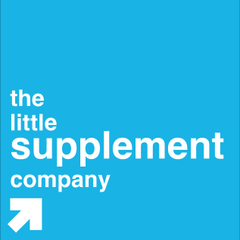
Viridian Olive Leaf Extract
What is Olive Leaf Extract?
Olive trees are well known for their nutritious fruit and oil, but less famed for their leaves. This revered Mediterranean tree has elongated leaves which are dusky green on top and silvery underneath and have been used to support wellness for centuries.
Olive leaf extract contains a unique compound called oleuropein - a polyphenolic compound capable of delivering powerful antioxidant activity as well as helping to maintain normal blood pressure. The olive leaf extract in this supplement is standardised to 18% oleuropein, ensuring a consistently effective level of active ingredient inside every capsule.
one vegetarian capsule provides:
| Ingredient | Weight | %EC NRV |
|---|---|---|
| Standardised Olive Leaf extract (18% oleuropein) | 200mg | |
| Olive leaf powder | 100mg | |
| in a base of alfalfa, spirulina and bilberry |
